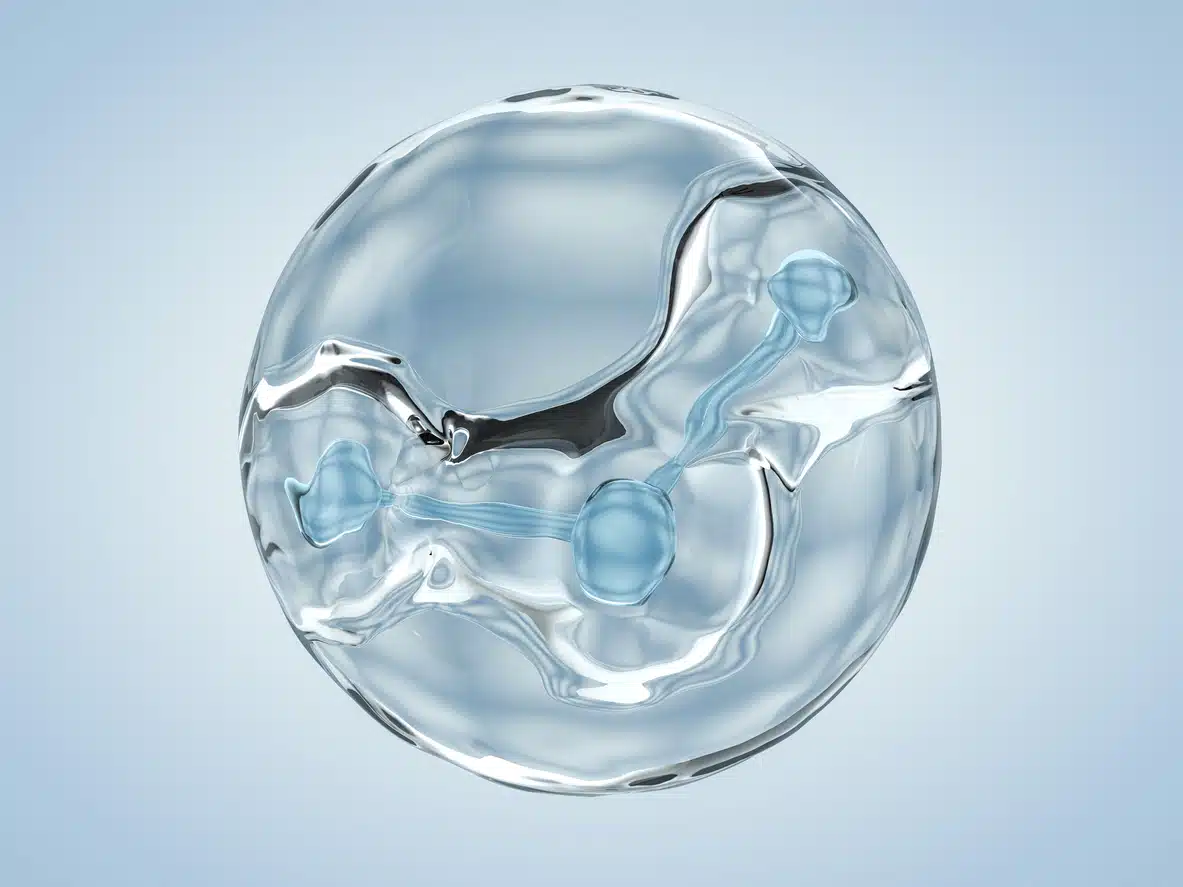How to Break the Double-Edged Sword of The Ion Exchange Process

Ion exchange (IX) processes are widely used in water treatment and chemical industries. The most common applications that use IX in water treatment are water softening, demineralization, and selective removal of pollutants.
IX is a process in which two phases exchange ions between them.
For every unit charge gained by one phase, a unit charge is lost to the other phase.
In conventional IX, the exchange is between liquid and solid phases. A liquid phase to a liquid phase exchange, known as liquid IX, is a more common process in the chemical industry.
Common technologies for IX process
The most common technology for the IX process is IX resins. The resin has charge sites that are either positive or negative. When resins are used for water treatment, water flows through the resin, and ions from the water are exchanged with ions on the resin. In the case of water softening, the active (charged) sites are occupied by sodium (Na+) at the start of the treatment. During the treatment, the Na+ ions on the active sites are exchanged by divalent ions of Mg2+ and Ca2+. The capacity of charged sites limits the amount of Mg2+ and Ca2+ that can be removed from the water. The resin is exhausted when it can no longer exchange Na+ for Ca2+ or Mg2+. At that point, the resin is regenerated. The regeneration is based on the same ion exchange process. A concentrated solution of NaCl is applied to the resin, and the high sodium concentration facilitates the reverse exchange. The Na+ replaces the Mg2+ and Ca2+ on the resin, which is reused for water softening. The spent regeneration solution requires disposal and contains Na+ but also Mg2+ and Ca2+.
Selective IX technology
A selective ion exchange resin removes specific ions from water. The resin “prefers” to adsorb a particular ion but “ignores” most of the others. It utilizes the same ion exchange process but with a higher affinity between the active site to a specific ion.
The high affinity is a double-edged sword when regenerating the resin.
The active site holds the ion so strongly that a powerful regeneration agent is required, i.e., a regeneration solution with a higher salt concentration. The waste brine contains more salts in this case.
How to break the double-edged sword
Breaking the double-edged sword is possible by using a process other than ion exchange for regeneration. If we can change the species of the ion on the active site, we can dramatically reduce the affinity of the contaminant to the active site.
For example, Modified Activated Carbon (MAC) (Chromate removal) provides selective ion exchange for oxyanions in general and Cr(6) in particular. The regeneration process is not designed to directly release the Cr(6) anion from the active site. Instead, we reduce Cr(6) to Cr(3) on the active site. Since Cr(3) is a cation, it has no affinity to the active site and is easily replaced by other anions. The brine produced has salt concentrations an order of magnitude lower than the cases of conventional and selective ion exchange resins.
Perchlorate removal with a Precipitation Agent (PA) is another example of how to -break the double-edged sword. The PA is a chemical agent for removing high concentrations (>50 ppm) of perchlorate from water and brines (Perchlorate removal).
The PA contains a positive active site occupied with Cl¯ (PA-Cl) in its regenerated form. When the PA is introduced to a solution with ClO4¯, the ClO4¯ exchanges the Cl¯ at the active site. At this point, the PA-ClO4 is separated from the water for regeneration. The strong affinity of the ClO4– to the active site on the PA practically makes it impossible to regenerate the PA- ClO4 in an aqueous solution. But regenerating it with KCl in an ethanol solution is possible. The relatively high solubility of KCl in ethanol creates enough soluble Cl¯ for the exchange process. On the other hand, the low solubility of KClO4 removes the exchanged ClO4¯ from the solution, making regeneration in ethanol very efficient. To complete the regeneration, we evaporate the ethanol, and the PA-Cl is ready for repeated use.
Efficient IX process for tailor-made solutions
The implementation of IX for water treatment is well established, and the market offers many conventional IX technologies.
At TOXSORB, we make these processes more efficient, and we can tailor unique solutions according to customer requirements.



